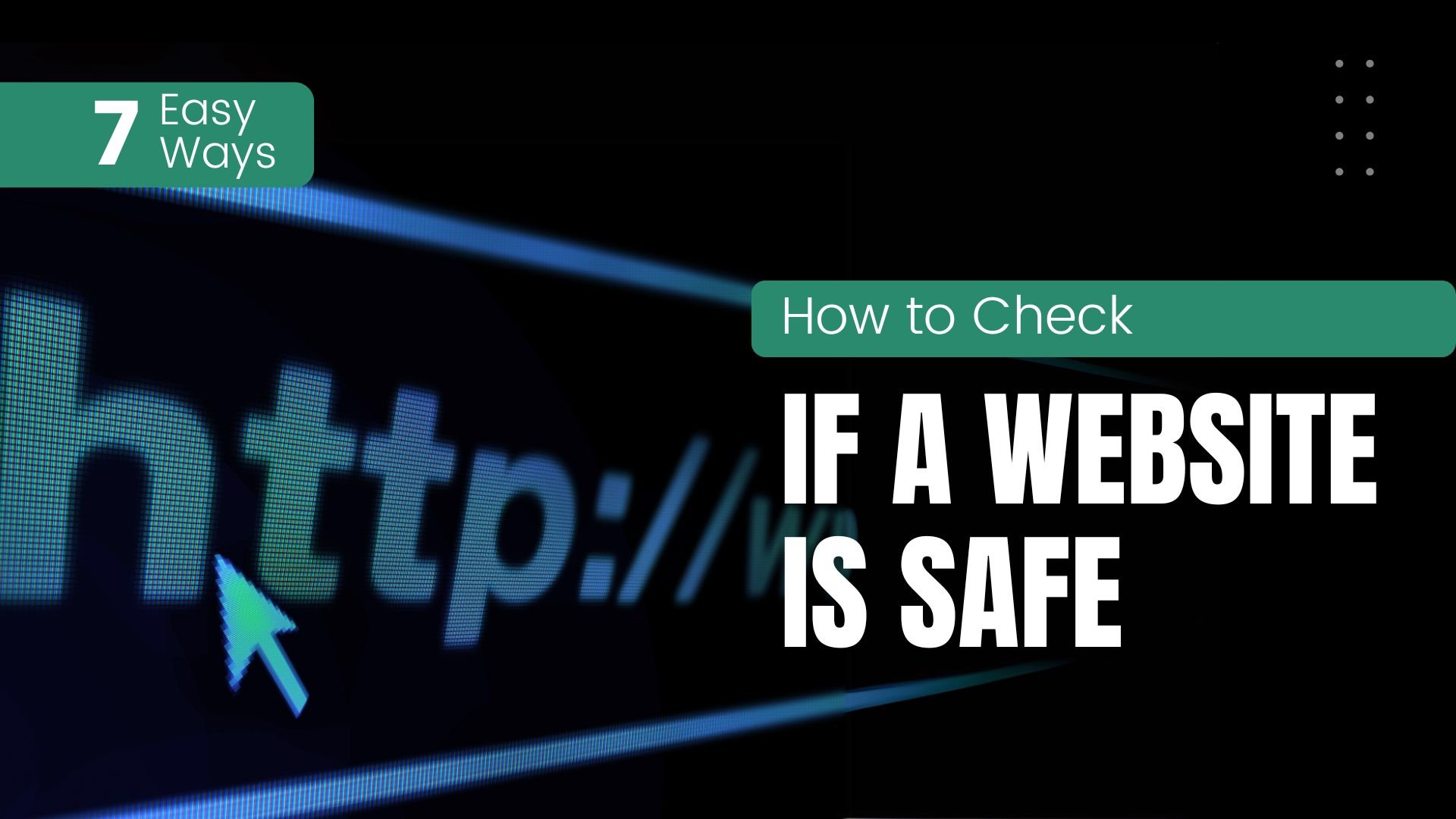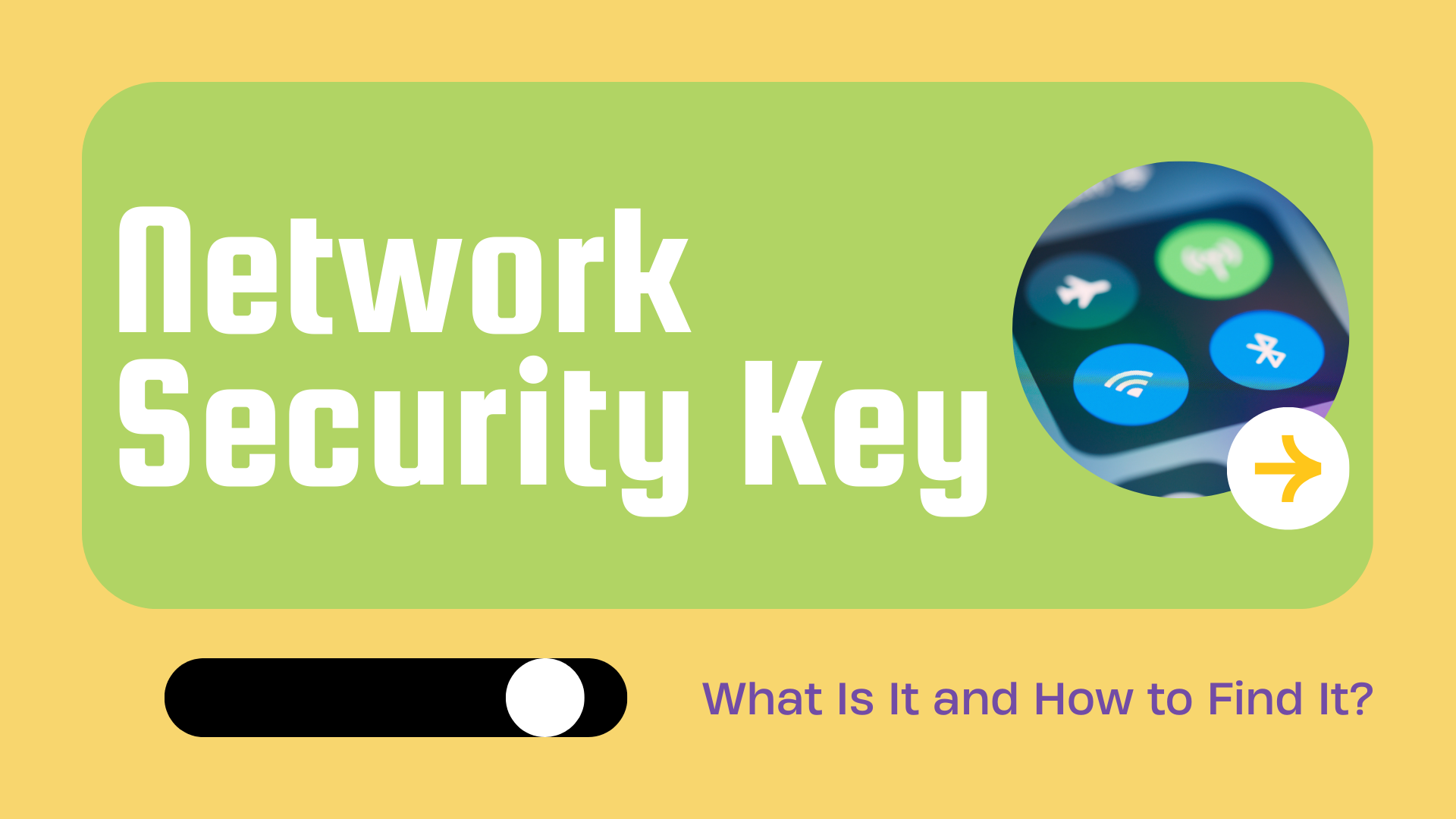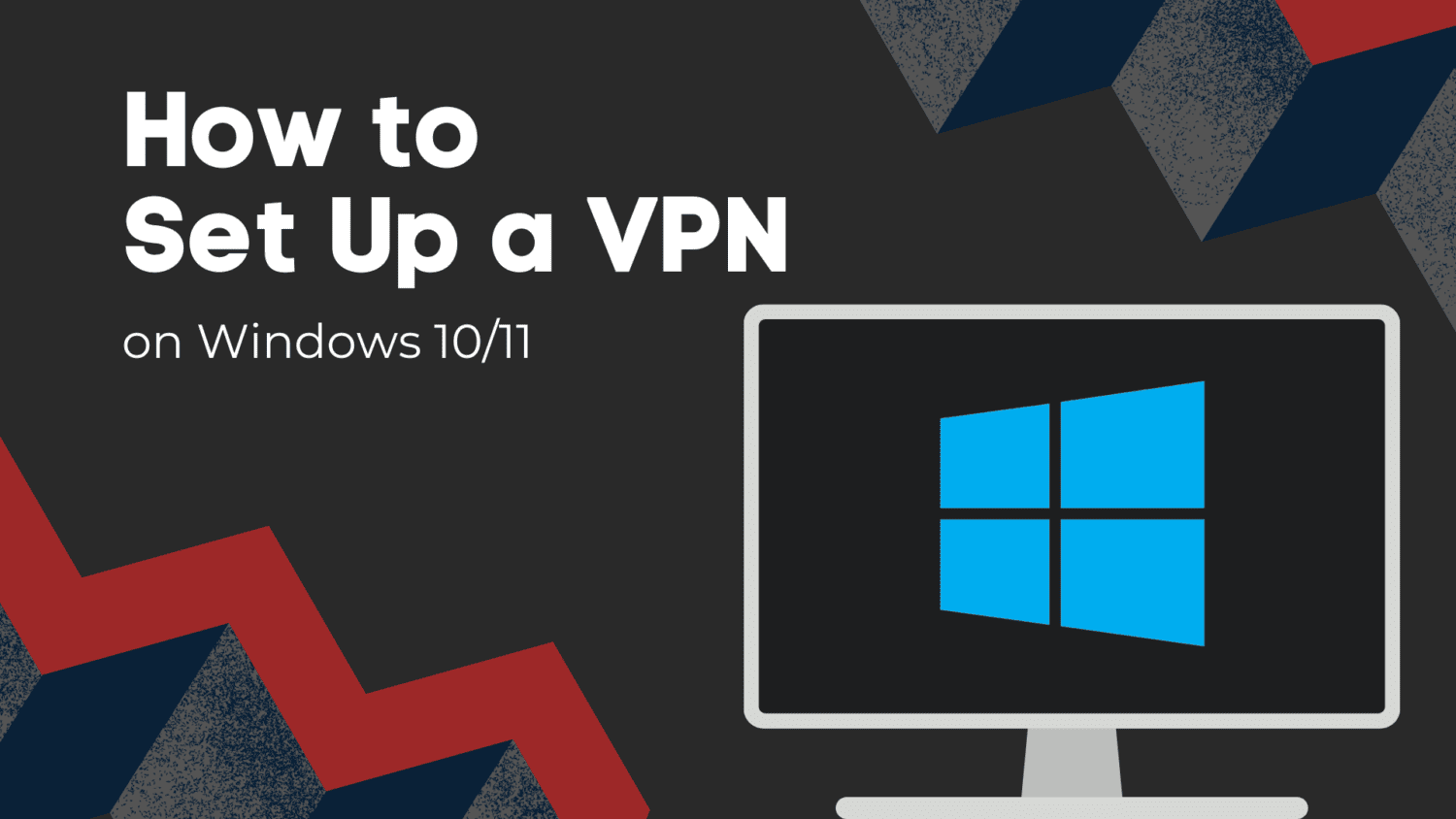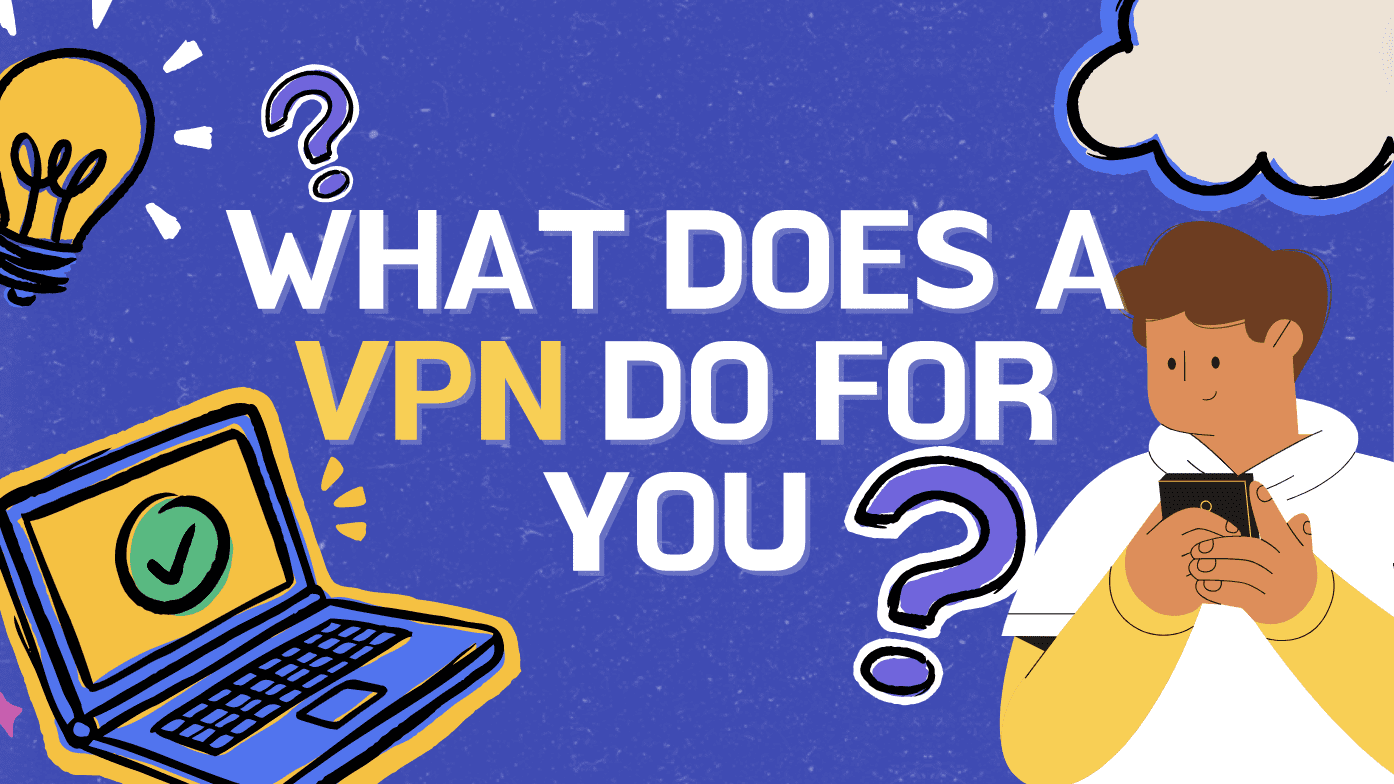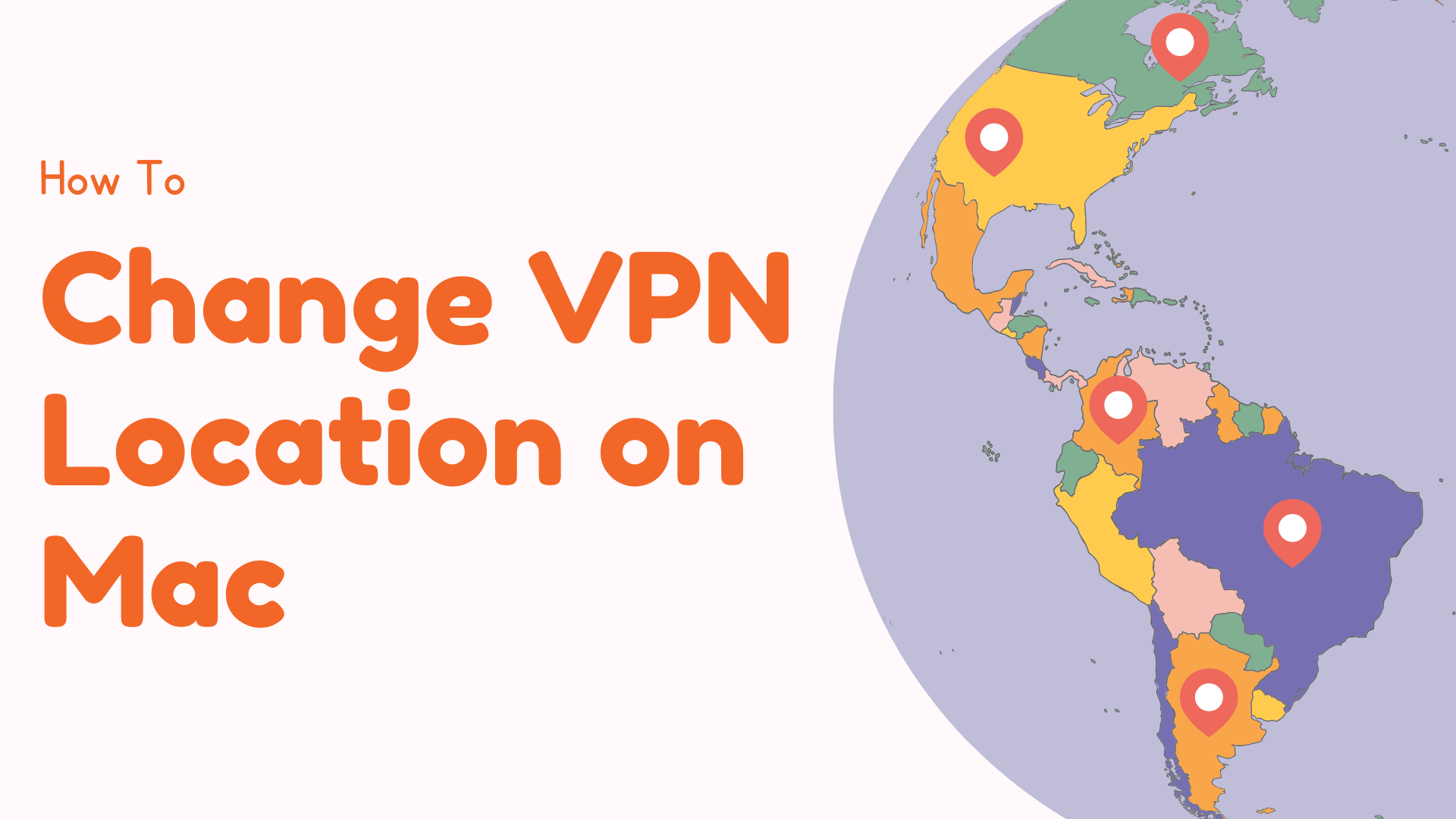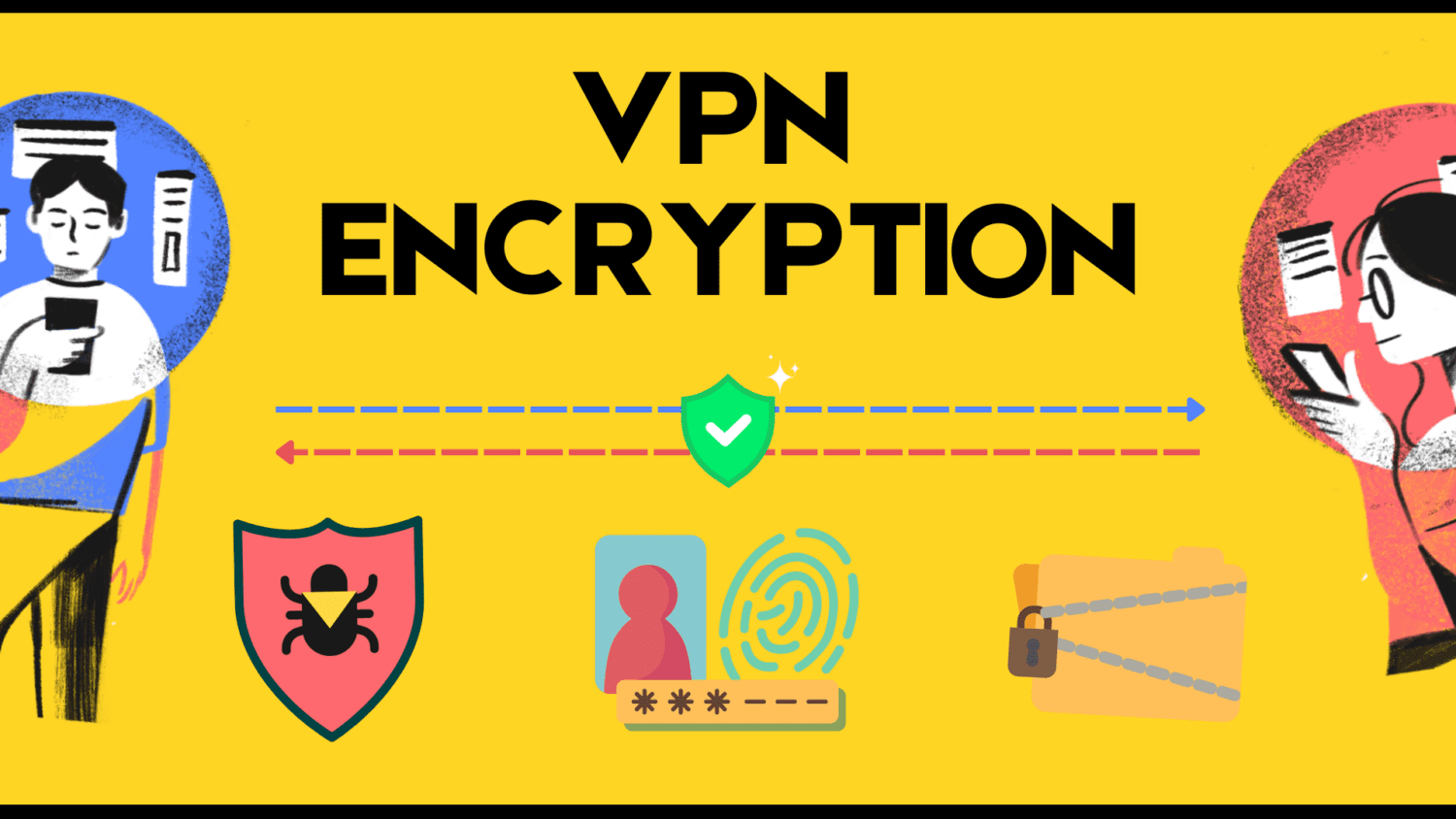How to Check If a Website Is Safe? 7 Easy Ways!
Visiting unsafe websites can expose you to serious risks—from malware infections to financial loss. But sometimes, we have to open unknown websites that may be risky. So, how to check if a website is safe? In this blog, we’ll show you 7 easy ways to check website safety without visiting it! What Are the Risks […]
